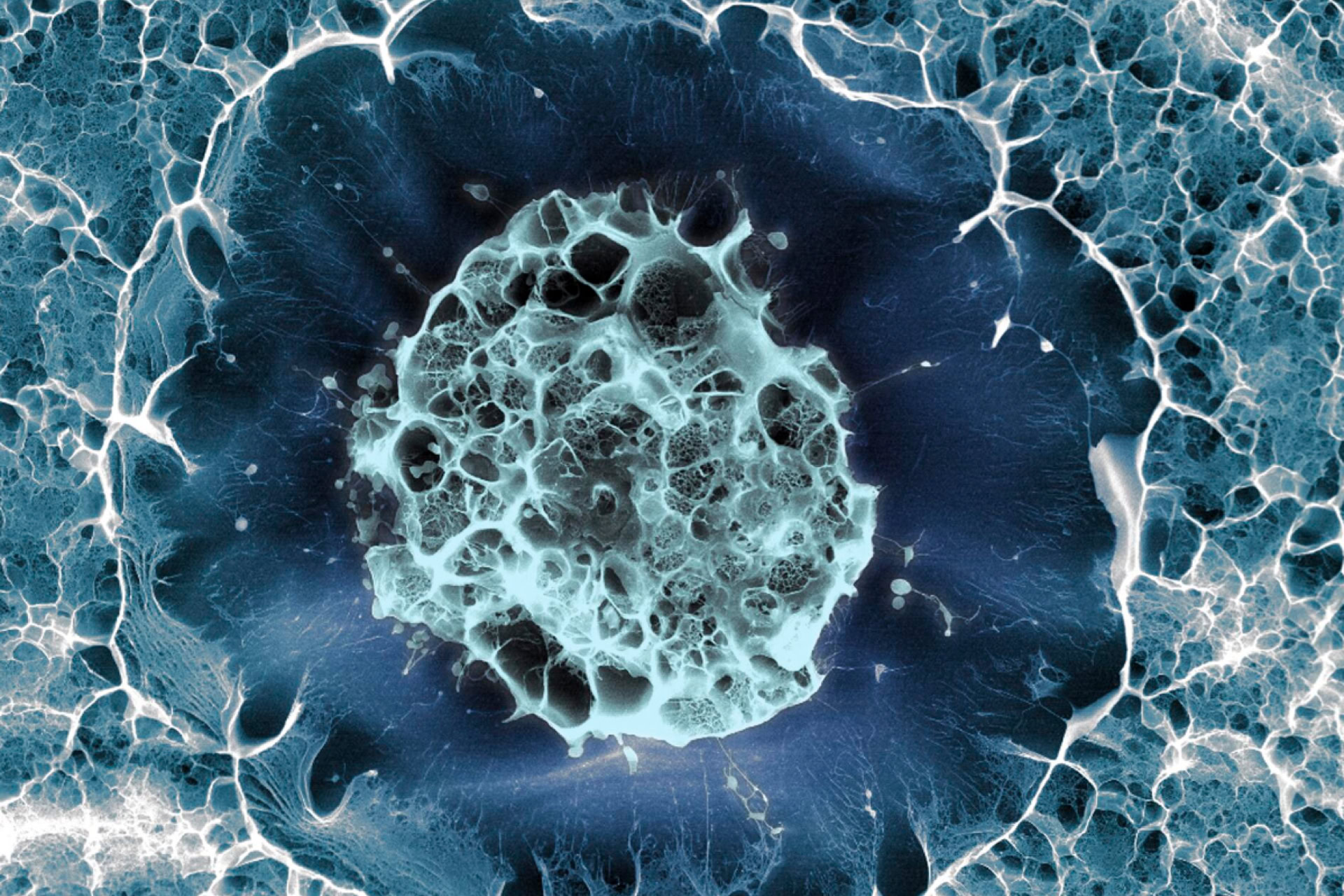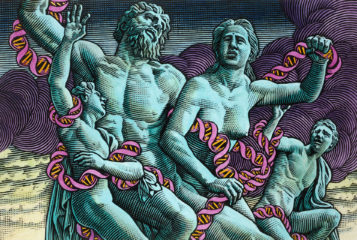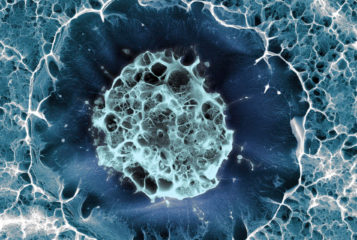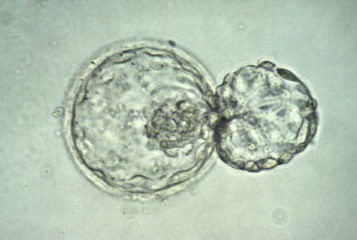New research published in the journal Nature describes how a single cell taken from an IVF embryo, using a technique similar to PGD, can be used to create embryonic stem cell (ES cell) lines. The new method leaves the embryo otherwise intact and able, in a way similar to PGD, to be implanted to become a baby. The US-based researchers claim that the new technique side-steps ethical issues - and the American federal funding ban - resulting from the usual need to destroy embryos when creating ES cell lines.
The established method of creating stem cell lines uses IVF embryos that have developed to the blastocyst stage - around five to six days after fertilisation. To obtain cells, the inner cell mass is removed, which destroys the embryo and its potential to develop further. The new technique, developed by the Massachusetts-based biotechnology company Advanced Cell Technology (ACT), uses much earlier embryos, around the eight cell stage, and removes only one or two cells which are then grown on in culture until an ES cell line is formed.
The efficiency of the new technique is much lower than the traditional method - the team, led by Professor Robert Lanza, took 91 cells from 16 spare IVF embryos, which resulted in the growth of two ES cell lines. In the experiment, spare embryos from IVF were 'dismantled' and each cell grown on in culture. In order to avoid the ethical issues associated with destroying embryos in the future the method would be adapted to only remove one or two cells to create stem cell lines at the same time as PGD was performed. The ES cell lines produced by Advanced Cell Technology in this way have so far survived and proliferated for eight months and have been shown to be able to produce different types of tissue. Professor Lanza, lead author of the paper, commented that 'we have shown for the first time you can create human embryonic stem cells without destroying the embryo and thus without destroying its potential for life'. It is thought that the research has potential for creating more ES cell lines for research into diseases such as Parkinson's and Alzheimer's but also, as the technique would be used on embryos being subjected to PGD anyway, tailored ES cell lines could be created for children born in this way.
Not everyone is convinced that the research is truly a breakthrough in solving the ethical issues surrounding production of ES cell lines. Professor Tom Murray, president of the Hastings Center, a leading bioethics research institute, noted that this is the latest of many techniques which have been promoted as solving the bioethical dilemma. 'None of those methods was likely to satisfy all the critics, and I don't think this one will either', he said. Professor Chris Shaw, a neurologist at King's College London, highlighted further issues associated with PGD: 'this is a useful alternative source for embryonic stem cells but it side-steps the crucial ethical question: 'What happens to those embryos found to have a genetic mutation and those that are healthy but excess to requirement?''
The White House also seems not to be convinced. Peter Watkins, a White House spokesman, said that the 'technique does not resolve' ethical concerns over ES cell research, but added that 'it is encouraging to see scientists at least make serious efforts to move away from research that involved the destruction of embryos'. The Vatican has issued a statement saying that the new technique has 'failed to overcome the Church's many moral concerns'. Bishop Elio Sgreccia, head of the Pontifical Academy for Life, said that all experimentation with embryos was 'reprehensible, as is the use of 'unnatural' IVF embryos created at fertility clinics, like the ones the US scientists used in their research'. And Richard Doerflinger, a bioethics expert with the US Conference of Bishops, has accused the scientists of 'killing' 16 embryos in their research. He said that the researchers had not made it clear that the embryos used in the research did not survive the experiments. In a response, Lanza repeated that the technique could be used without destroying the embryo, as this has been previously proved.
In a further development, scientists from Kyoto University report on a breakthrough in managing to 're-set' adult mouse cells into a pluripotent state by injecting them with four factors associated with early embryonic development. The study offers hope that differentiated adult cells may one day be manipulated in the laboratory back to a state where they may be used to grow new tissue to renew the body after damage or disease. Using cells from the adult body to do this would avoid ethically problematic embryo destruction and also overcome any problems with immune rejection of injected cells. The research is still at a very early stage but the paper demonstrates 'proof of concept'. Lead researcher Professor Yamanaka commented: 'The finding is an important step in controlling pluripotency, which may eventually allow the creation of pluripotent cells directly from somatic cells of patients'.
Sources and References
-
Ultimate aim is to find ways to rewind the clock in old age
-
Early embryos can yield stem cells... and survive
-
Scientists make human stem cells without destroying the embryo
-
Scientists 'close to Holy Grail' of stem cells






Leave a Reply
You must be logged in to post a comment.